The Japanese Tea Ceremony: Meaning, Tools, and Ritual
The Japanese tea ceremony, known as chanoyu, chadō, or sadō (the “way of tea”), is a traditional ritual of preparing and serving matcha (powdered green tea). It is deeply rooted in Zen Buddhism and emphasizes harmony (wa), respect (kei), purity (sei), and tranquility (jaku). Each movement in the ceremony is deliberate, elegant, and meaningful.

The Setting
The ceremony often takes place in a chashitsu (tea room), usually built with natural materials like wood and tatami mats. The space is minimalistic and quiet, helping participants to leave behind the distractions of everyday life. Before entering, guests may wash their hands and mouths at a tsukubai (stone basin), symbolizing spiritual purification.

The Tools (Chadōgu)
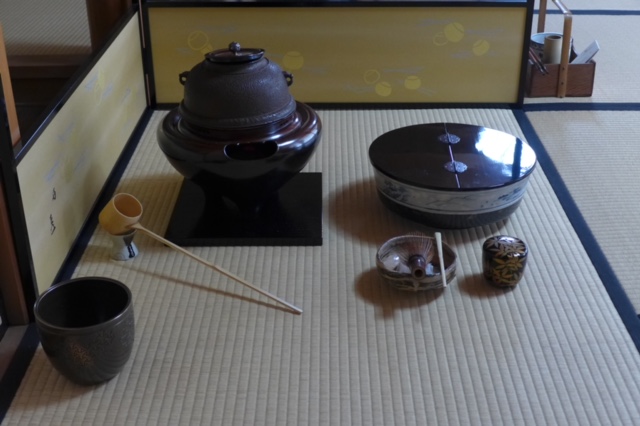
Each tool has a specific name and role. Some of the main utensils include:
Chawan (茶碗)
The tea bowl used to drink the matcha.
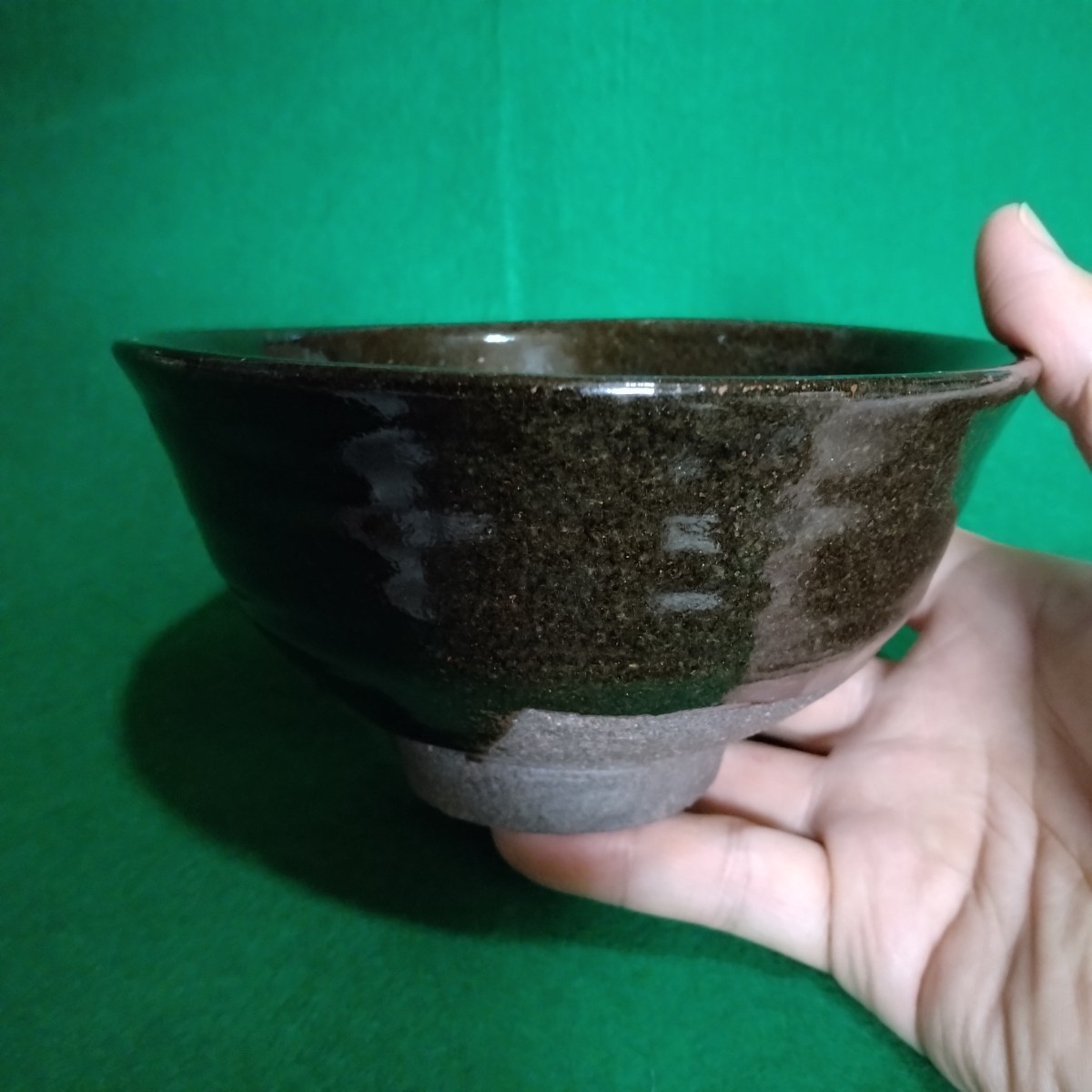
Chasen (茶筅)
A bamboo whisk used to mix the powdered tea with hot water until it froths.

Chashaku (茶杓)
A bamboo scoop used to transfer matcha into the tea bowl.
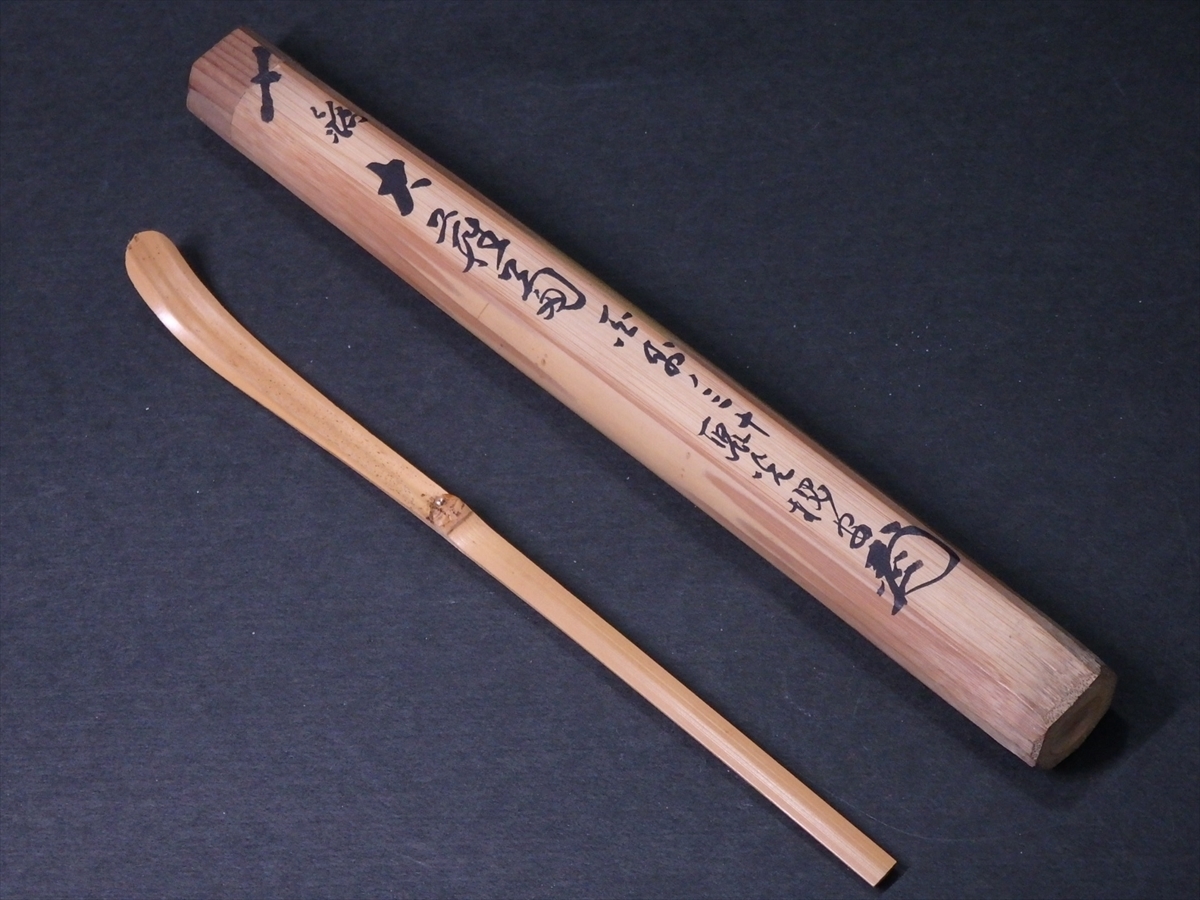
Cha-ire (茶入)
A container for holding the matcha powder.
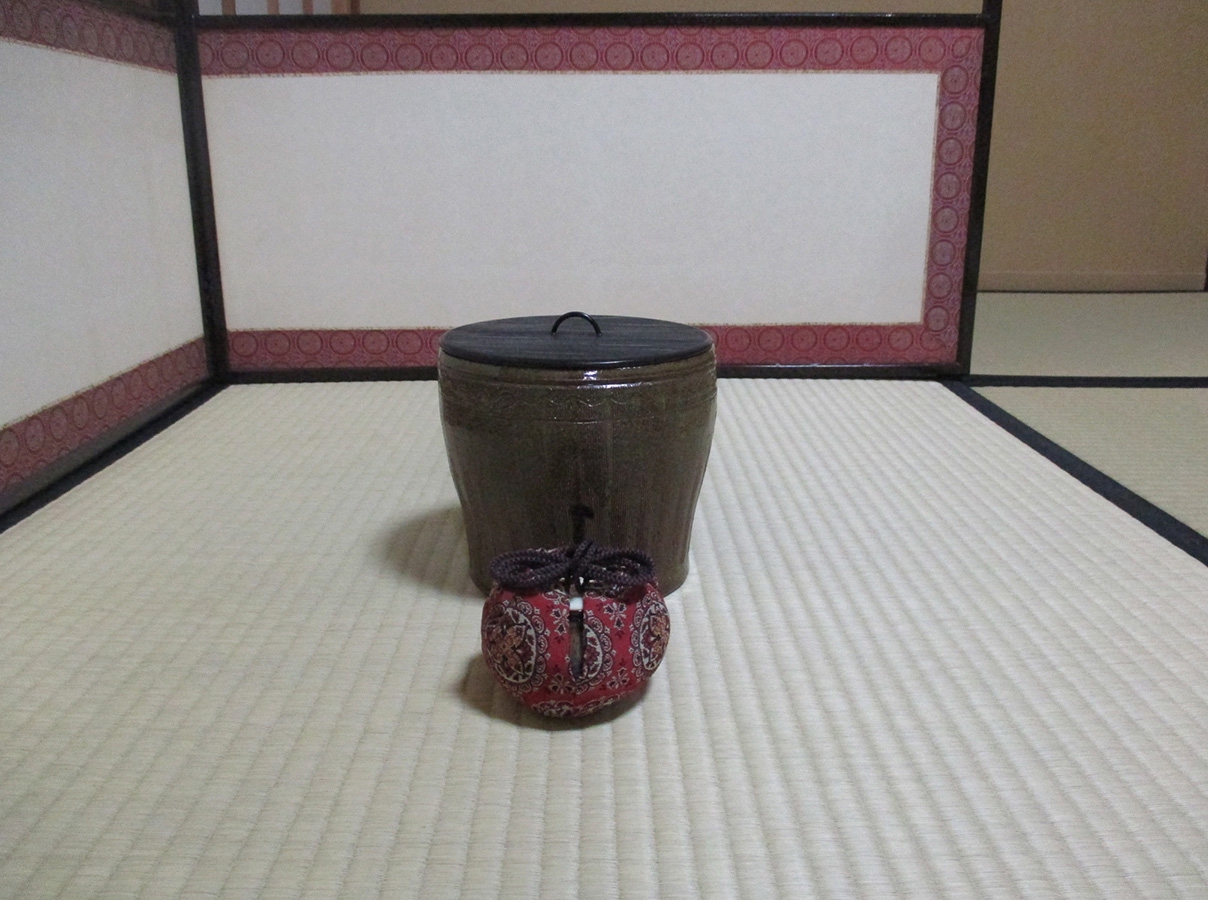
Kama (釜)
The iron kettle used to heat the water.
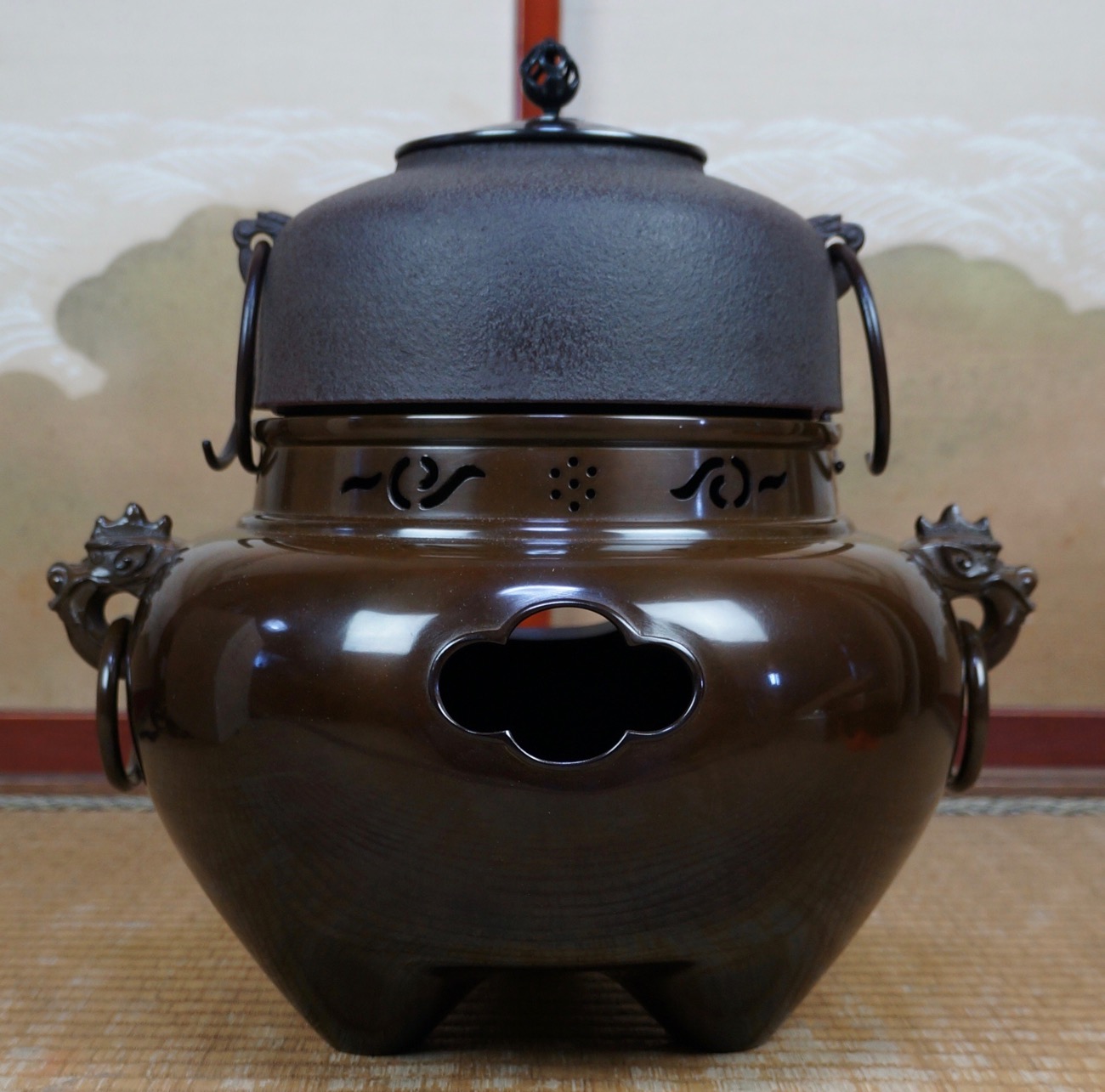
Each of these is handled with great care, respecting both their function and symbolism.
The Tea: Matcha
The tea used in the ceremony is matcha, a finely ground powder made from shade-grown green tea leaves (tencha). Matcha has a vibrant green color, a slightly bitter taste, and is rich in antioxidants. Only a small amount is needed—usually 1 to 2 scoops—and it is mixed with hot (not boiling) water to create a thick or thin tea, depending on the style: Koicha (濃茶) – Thick tea, used in formal gatherings. Usucha (薄茶) – Thin tea, used in casual settings.
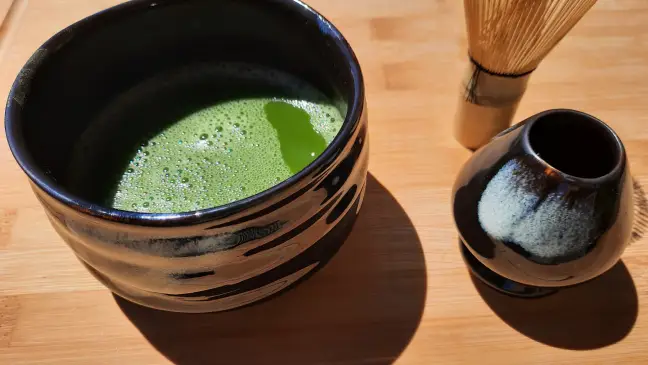
The Process
The tea ceremony can vary in length and complexity. A formal gathering (chaji) can last up to 4 hours and include a full-course meal (kaiseki), while a shorter version (chakai) is more casual.In general, the steps are:
Welcoming the guests: Guests enter quietly and bow to the host.
Appreciating the setting: Guests observe the scroll, flowers, and tea utensils.
Cleansing the tools: The host ritually purifies each item with precise movements.
Preparing the tea: The host adds matcha and hot water, then whisks it.
Serving the tea: Guests receive the bowl with a bow, rotate it, and drink.
Expressing gratitude: After drinking, guests bow again and may examine the bowl.
Closing the ceremony: The host cleans the utensils and thanks the guests.